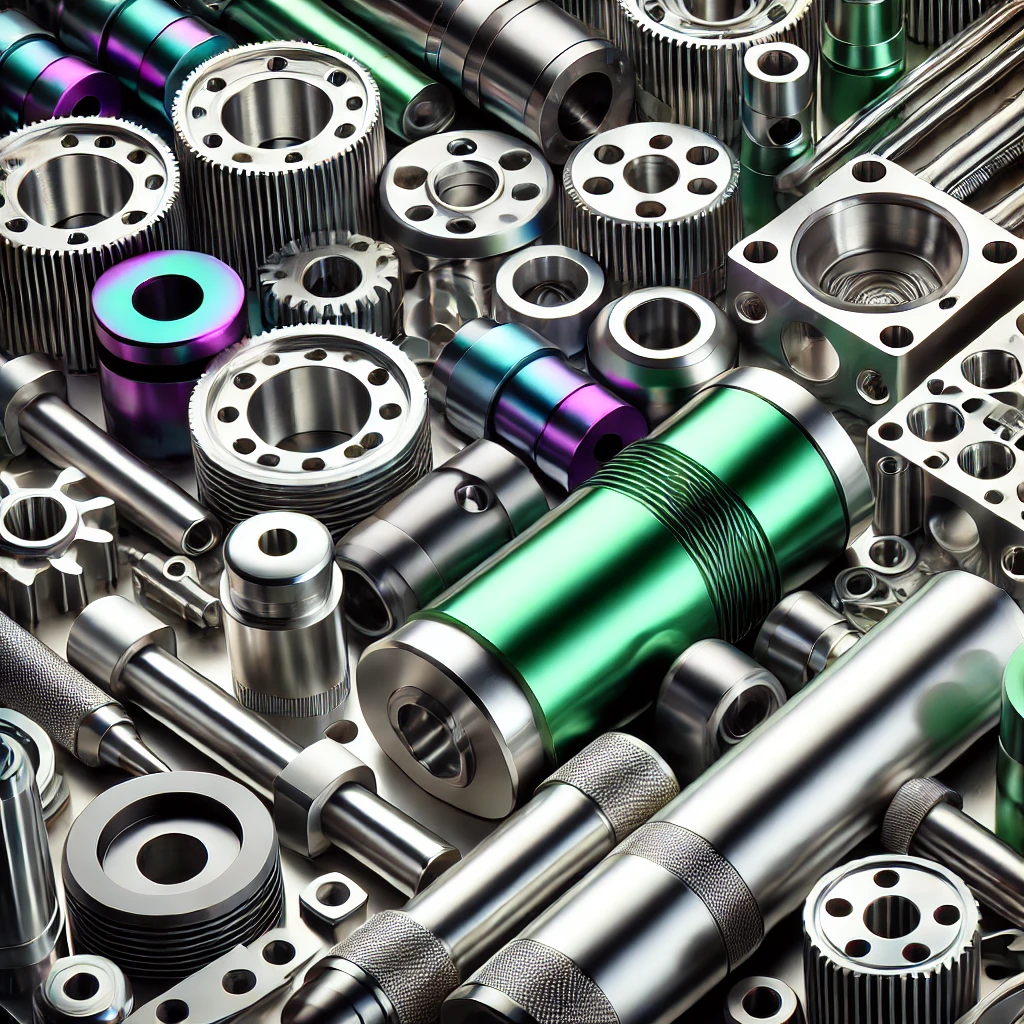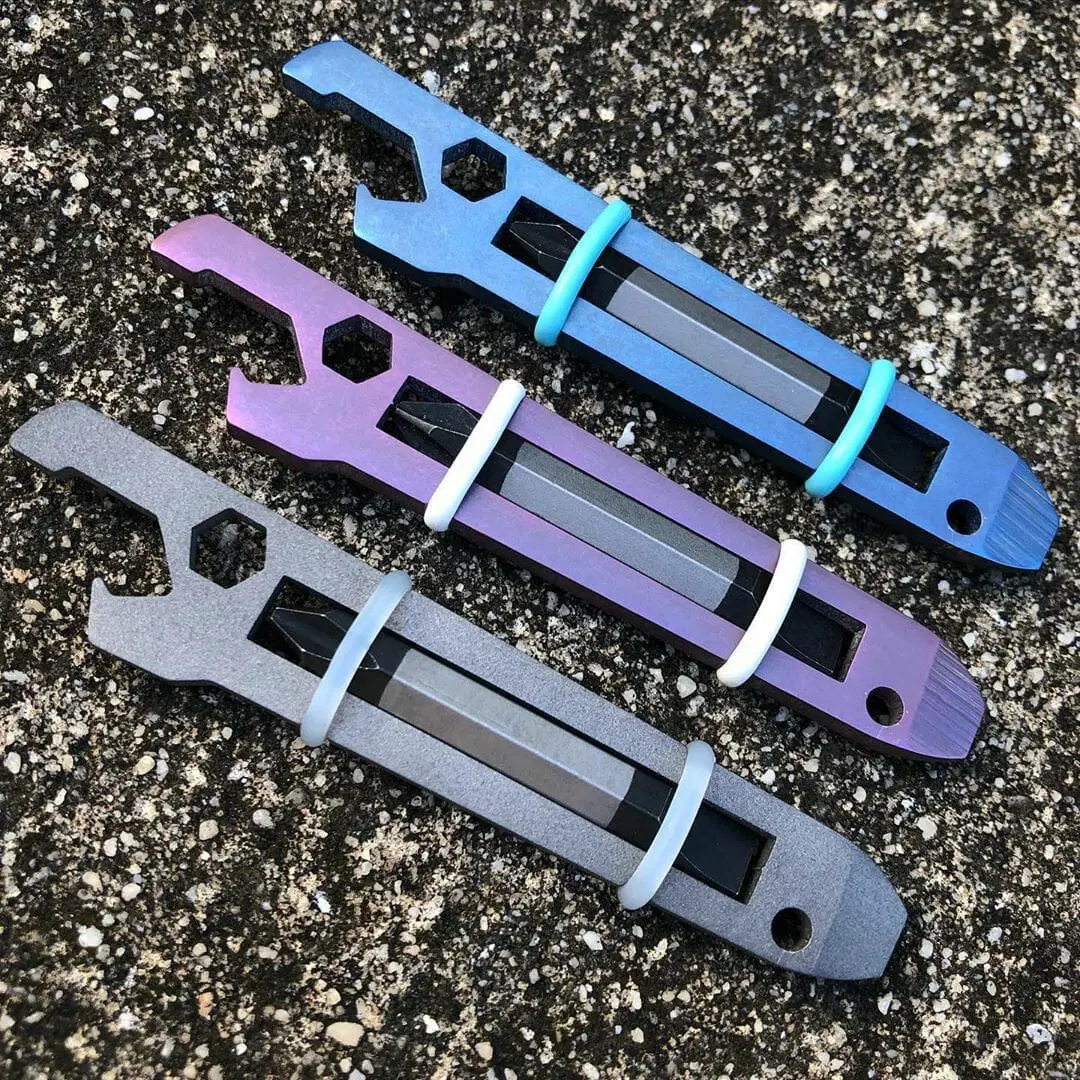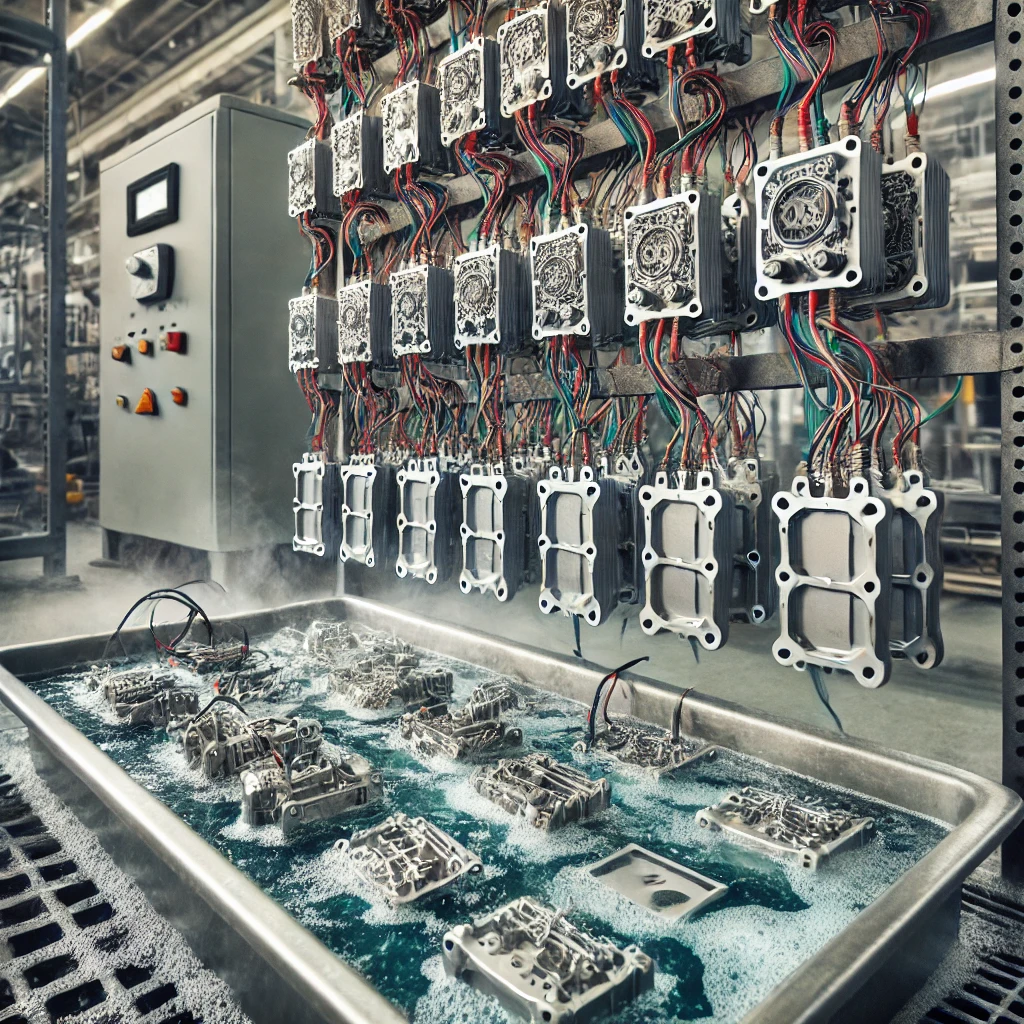High-Precision CNC Parts benefit immensely from anodizing aluminum, transforming raw machined surfaces into exceptionally durable, corrosion‑resistant, and visually striking components. In this deeply analytical article, we first summarize the core principles behind anodizing, then dive into 10 powerful advantages tailored for industries such as automotive, machine building, and automotion. We also illustrate how CNCRUSH—China’s leading cnc machining service provider with 12 years of expertise in CNC フライス加工部品 そして CNC旋削部品—can help you leverage these benefits for your next project.

Summary of Original Concepts
Anodizing is an electrochemical surface treatment that converts aluminum into a robust aluminum oxide layer. By immersing parts in an acid electrolyte under controlled voltage and temperature, manufacturers produce coatings from 5 µm to over 150 µm thick. This engineered layer offers superior hardness, wear and corrosion resistance, and customizable coloring through dyes and sealants. Variants include sulfuric (Type I), chromic (Type II), and hard‑coat (Type III) anodizing, each optimized for different application demands.
1. High-Precision CNC Parts: Understanding the Anodizing Process
Anodizing begins with thorough cleaning and etching of aluminum surfaces to remove grease and milling residues. The part is then submerged in a sulfuric acid bath and energized with a direct current. Oxygen ions migrate from the electrolyte and react with aluminum atoms, forming a dense, porous oxide layer. Control parameters—current density (1–1.5 A/dm²), bath temperature (5–22 °C), and process duration (20–120 minutes)—directly influence film thickness, pore structure, and ultimate hardness. Understanding these variables is critical for any cnc machining service provider aiming for consistent, high‑quality coatings.
2. High-Precision CNC Parts and CNC Milled parts: Elevating Durability
When CNC フライス加工部品 receive a 20–50 µm anodic layer, hardness can exceed 200 HV, dramatically reducing surface wear under sliding or abrasive contact. In machine building, where guide blocks and mounting plates endure continuous motion, this enhanced durability translates to reduced maintenance costs and unexpected downtime. Our in‑house testing at CNCRUSH shows anodized CNC フライス加工部品 survive over 500 % more abrasion cycles than untreated counterparts—an impressive positive outcome for long‑term reliability.
3. High-Precision CNC Parts and CNC Turned parts: Unlocking Hard‑Coat Benefits

For components like bushings and shafts produced via CNC旋削部品, Type III hard‑coat anodizing delivers a thick, non‑peeling film (25–100 µm) with hardness up to 350 HV. This hard‑coat resists impact and abrasion even in harsh automotion environments. During braking or high‑load applications, anodized CNC旋削部品 maintain dimensional integrity, preventing galling and scoring. It’s a remarkably reassuring upgrade for critical assemblies.
4. High-Precision CNC Parts: Maximizing Corrosion Resistance for Automotive
Anodized coatings form a chemically inert barrier that resists chlorides, acids, and salts. Salt‐spray testing (ASTM B117) often exceeds 1,000 hours without visible pitting on anodized surfaces—critical for underhood brackets and chassis mounts. Sealing techniques (hot water or nickel acetate) close the micropores, locking out moisture and ensuring long‑term corrosion protection. For automotive OEMs seeking High-Precision CNC Parts with enduring performance, anodizing is a strategically beneficial choice.
5. High-Precision CNC Parts: Enhancing Wear Performance in Machine Building
In high‑cycle machinery—like conveyor rollers or pneumatic actuators—the interplay of micro‑hardness and self‑lubricating pores in anodized aluminum extends service intervals dramatically. The porous structure retains lubricants, reducing friction coefficients by up to 30 %. CNC‑machined housings and flanges treated in this way exhibit fewer surface scratches, ensuring smoother motion and less energy loss—a decidedly positive impact on operational efficiency.
6. High-Precision CNC Parts and cnc machining service: Seamless Integration

At CNCRUSH, our turnkey cnc machining service seamlessly integrates precision milling and turning with anodizing partnerships. We program toolpaths to account for oxide growth (2–5 µm per side) so that final dimensions meet tolerances of ±0.01 mm without additional adjustments. This integrated workflow minimizes handling delays and avoids the challenging post‑machining rework often seen with external anodizing—delivering your High-Precision CNC Parts faster and more reliably.
7. High-Precision CNC Parts and CNC Milled parts: Aesthetic and Customization
The micro‑porous oxide layer readily absorbs organic dyes, enabling vibrant color options—red, blue, black, gold, and more—without sacrificing adhesion. Unlike painted finishes that chip or fade, dyed anodized surfaces maintain color stability under UV exposure and physical abrasion. For branded equipment panels or consumer‑facing machine housings, anodized CNC フライス加工部品 offer both aesthetic appeal and functional strength, adding perceptible value to your product’s look and feel.
8. High-Precision CNC Parts and CNC Turned parts: Precision Quality Control
Quality assurance for anodized CNC旋削部品 includes non‑destructive eddy‑current thickness measurements, cross‑sectional metallography, and microhardness testing. At CNCRUSH, we employ coordinate measuring machines (CMM) before and after anodizing to verify that dimensional change stays within design allowances. Our statistical process control (SPC) charts track bath parameters in real time, ensuring every batch of High-Precision CNC Parts meets ISO 9001 and IATF 16949 standards with minimal scrap.
9. High-Precision CNC Parts and cnc machining service: Sustainable and Eco‑Friendly Finishes
Unlike solvent‑based painting or heavy-metal plating, anodizing emits zero volatile organic compounds (VOCs) and generates minimal hazardous waste. The aluminum oxide layer is fully recyclable along with the substrate, promoting a circular manufacturing model. Our environmental impact assessments show anodizing consumes 40 % less energy per square meter of coating compared to powder coating—an undeniably green choice for companies committed to sustainability in automotive and machine building.
10. High-Precision CNC Parts: Optimizing Lifecycle with Expert cnc machining service

Lifecycle cost analysis reveals that anodized High-Precision CNC Parts require 50 % fewer replacement cycles in harsh environments. Factoring in lower downtime, reduced lubricant consumption, and extended service intervals, the up‑front anodizing premium (10–30 % added cost) pays for itself within months in many industrial settings. CNCRUSH’s 12‑year track record in delivering cnc machining service のために CNC フライス加工部品 そして CNC旋削部品 ensures we recommend the optimal anodizing specification for both performance and budget constraints.
Table 1: Comparative Cost Analysis of Surface Finishes
| 仕上げタイプ | Additional Cost (%) | Salt Spray Resistance (hrs) | Hardness (HV) | VOC Emissions (g/L) |
|---|---|---|---|---|
| Untreated Aluminum | 0 % | 24 | 15–20 | 0 |
| 粉体塗装 | +15–20 % | 500 | 50–70 | 75–150 |
| Electroplating (Ni/Cr) | +20–25 % | 1,000 | 200–300 | 25–75 |
| Sulfuric Anodizing (Type I) | +10–15 % | 1,200 | 150~200 | 0 |
| Hard‑Coat Anodizing (Type III) | +20–30 % | 2,000 | 300–350 | 0 |
Table 2: Environmental Impact Comparison
| メトリック | 陽極酸化処理 | 粉体塗装 | 電気めっき |
|---|---|---|---|
| VOC Emissions (g/L) | 0 | 75–150 | 25–75 |
| Hazardous Waste (kg/1000 m²) | 5 | 20 | 50 |
| Energy Use (kWh/100 m²) | 12 | 25 | 18 |
| Recyclability (%) | 100 | 40 | 10 |
よくある質問
Q1: Which anodizing type is best for automotive High‑Precision CNC Parts?
A1: For under‑hood brackets and chassis mounts, Hard‑Coat (Type III) with 25–50 µm thickness balances wear resistance and precise tolerances without risk of peeling or cracking.
Q2: Can I weld anodized CNC Milled parts?
A2: Yes—simply remove the anodic layer at the weld zone, perform welding, then re‑anodize or seal the weld area. This restores both appearance and corrosion resistance.
Q3: How much dimensional growth occurs on anodized CNC Turned parts?
A3: Expect 1–3 µm per side of oxide growth. CNCRUSH programs this allowance into CNC programs to maintain final tolerances within ±0.01 mm, ensuring seamless assembly fit.
By choosing anodized aluminum for your High‑Precision CNC Parts, you unlock remarkable benefits: exceptional durability, corrosion resistance, aesthetic versatility, and eco‑friendly processing. For expert cnc machining service, high‑quality CNC フライス加工部品, and precision CNC旋削部品 tailored to automotive, machine building, and automotion, contact CNCRUSH—China’s trusted factory with over 12 years of proven excellence. Visit our website at cncrush.com to discuss your next precision manufacturing project.
